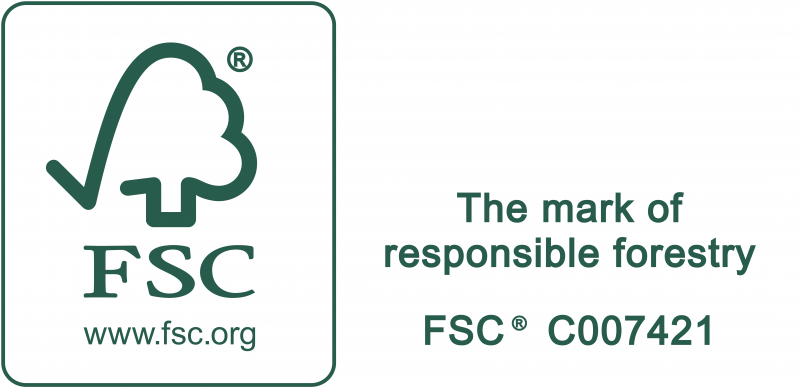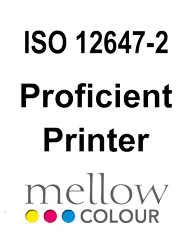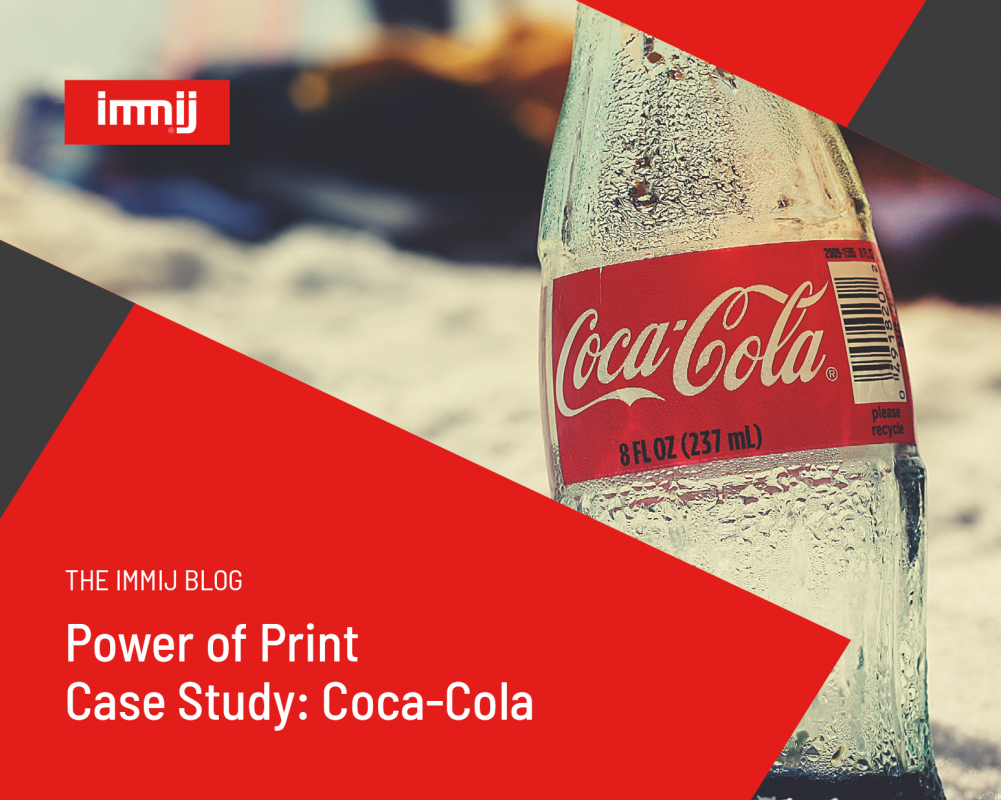Coca-Cola launched an innovative nation wide campaign that revolved around the iconic Coke can and bottle packaging. The campaign encouraged Aussies to get together and share a good time over a Coke.
In a bold move to once again become part of popular culture, Coke changed its product packaging and removed its logo from their soft drink label and instead printed 150 of Australia’s most popular names on their cans and bottles.
OBJECTIVE
In the well developed Australian market, Coca-Cola had become a little bit too familiar and was no longer resonating with the population, especially younger consumers. The brand had lost its ‘cool’ factor and they needed to do something new and different in order to reengage with Aussies.
METHOD
For the first time in Coke’s 125-year history, working with their existing agency Ogilvy, they decided to change their can and bottle packaging and instead, print 150 of Australia’s most popular names on them. In 2011, this campaign was the first of its kind to use people’s names in a playful way to both strengthen the brand’s bond to young Aussies and inspire moments of happiness while sharing a coke.
In order to roll out this campaign and still remain true to the iconic Coca-Cola branding and packaging, a new font ‘You’ was created to replace the trademark font. It also took 4 weeks to find right digital printers that could print the names on the can and 40 hours to make sure that the Coke red colour was exactly right. The campaign was rolled out in Sydney and, for the first time since 1974, the heritage-listed Kings Cross advertising billboard was transformed into an interactive sign. Kiosks were set up in Westfield centres where consumers waited in hour long queues to create their own bespoke can with any name they wanted and apps were developed to allow people to connect with the campaign further, fuelling the social media and word of mouth excitement.
“We are using the power of the first name in a playful and social way to remind people of those in their lives they may have lost touch with, or have yet to connect with. This is the first time in its 125-year history that CocaCola has made such a major packaging change – and the limited edition bottles flew off shelves as people search for their friend’s names.”
Lucie Austin, then Marketing Director for Coca-Cola South Pacific
RESULTS
Millennials place high value on unique, personal and engaging experiences. Coke tapped into these values through their “Share a Coke” campaign that facilitated social engagement at the same time as promoting the Coca-Cola brand. The campaign was able to increase young adult consumption of Coke by 7%. Not only Millennials were engaged, 2 out of 5 Australians bought a share a coke pack and over 250 million personalised cans or bottles were sold. The launch of the campaign was so successful in Australia that since it has been rolled out in over 80 countries.
CONCLUSION
Coke did not change its product, rather they focused on changing the packaging. Removing the iconic logo and personalising their can and bottles changed how people felt about the brand. “It did not only translate into people loving the brand but loving and consequently buying the product, too. Bottles and cans became social currency. A must have item. It became something to gift, something to talk about with friends & family.” Coke was able to launch this campaign via multiple different channels – outdoor, social, digital, TV and point of sale, however the printed package and labelling was the driving media that tied this entire success story together.



